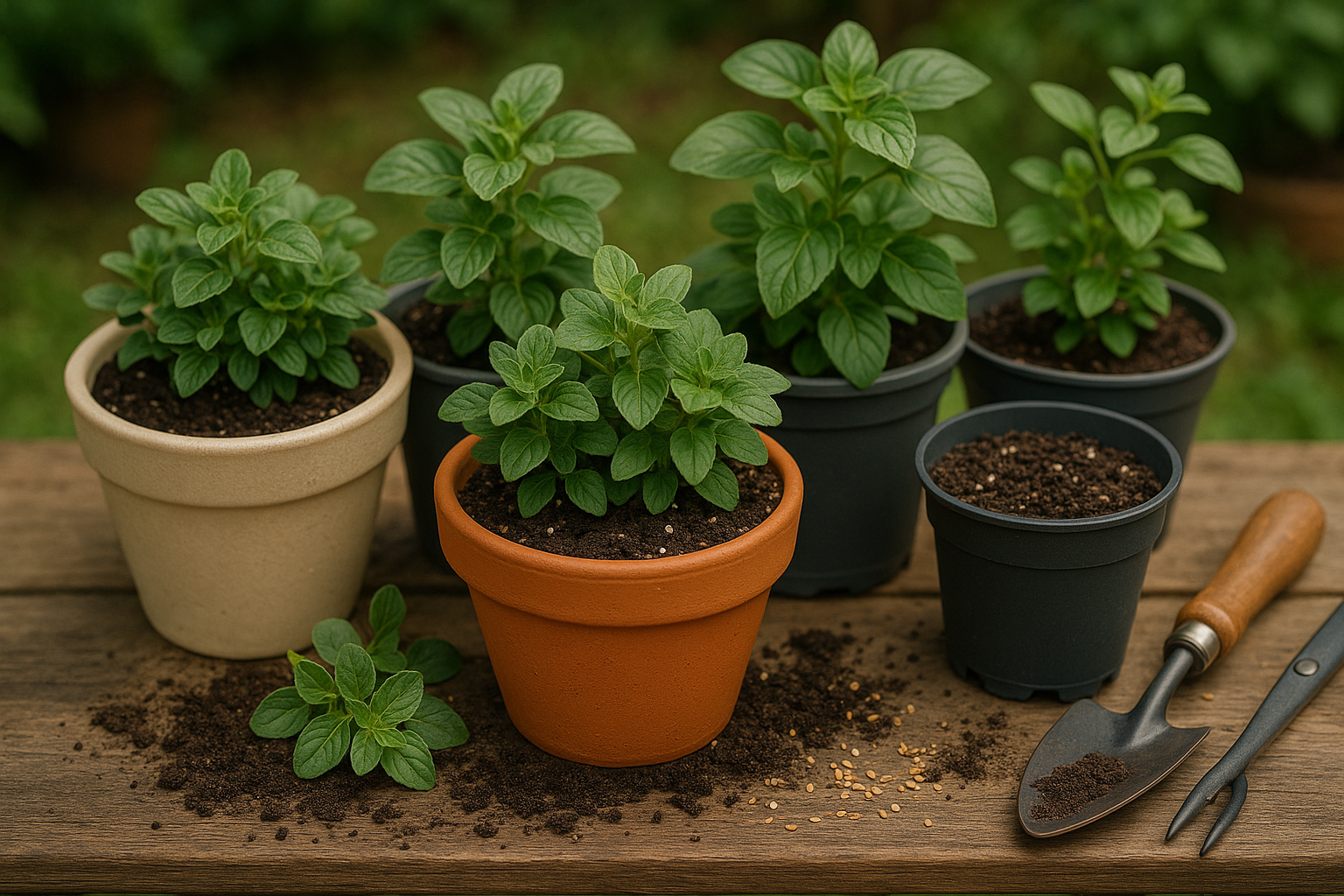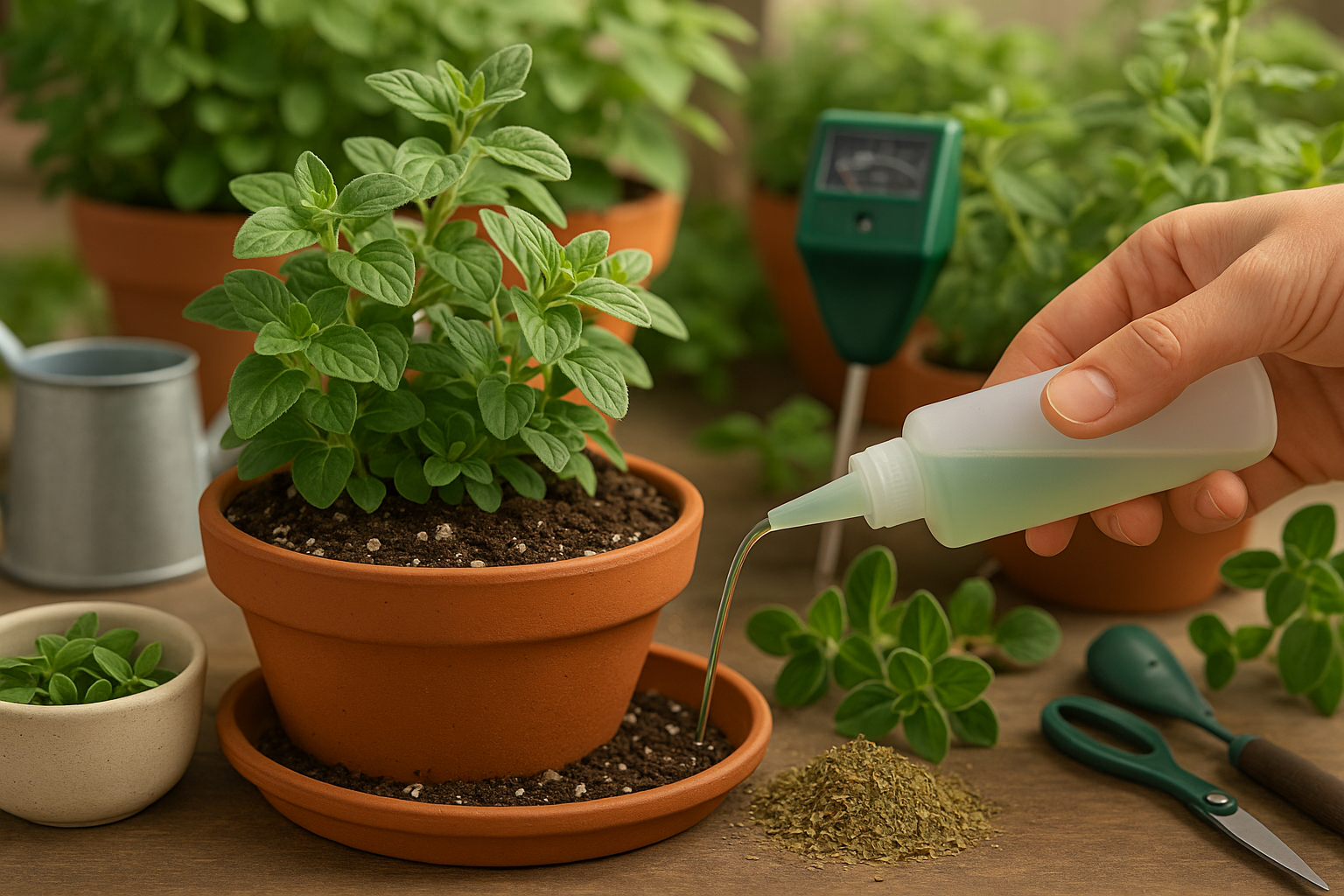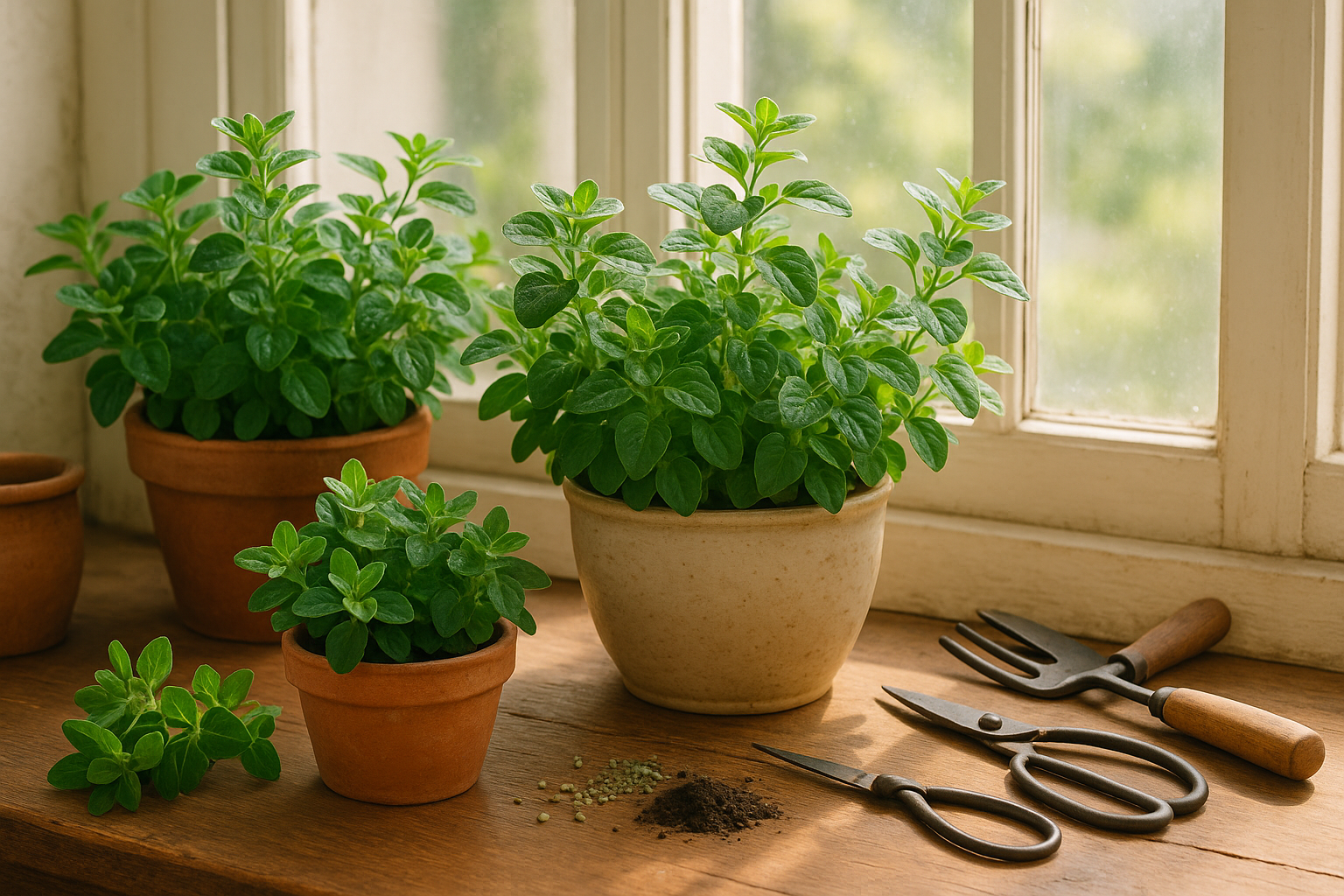Introduction to Indoor Oregano
Growing oregano indoors is becoming increasingly popular among home gardeners and cooking enthusiasts—and it’s easy to see why. Oregano is a kitchen staple in Mediterranean and Italian cuisines, adding bold flavor to your favorite dishes. Beyond its culinary appeal, this hardy herb is also known for being one of the simplest to care for, making it perfect for both beginners and experienced indoor gardeners. By growing oregano on your sunny windowsill, you can enjoy fresh sprigs year-round—no need to wait for the outdoor growing season or make last-minute grocery trips.
Oregano thrives in bright, indirect sunlight, making a south- or west-facing windowsill the ideal spot. All you need is a small pot, some well-draining soil, and a few minutes each week to water and trim your plant. Indoors, oregano requires less care than many other herbs—just be sure to avoid overwatering and maintain good air circulation. Having fresh oregano indoors means you can snip a few leaves whenever you need, adding a burst of flavor and fragrance to soups, roasted vegetables, or pizzas.
In the following sections, we’ll guide you through everything you need to know to set up your own thriving indoor oregano garden right on your windowsill.
Choosing the Right Oregano Variety and Container

Selecting the right oregano variety is the first step to a thriving indoor herb garden. Greek oregano is a top pick for indoor growers—it’s robust, compact, and offers the bold, classic flavor most home cooks love. Italian oregano, milder and slightly sweeter, also adapts well to containers but grows a bit taller and bushier; trim it regularly to keep it manageable.
When starting your oregano, look for healthy starter plants with vibrant green leaves and no signs of yellowing, wilting, or spots. If using seeds, choose a reputable brand and check the packet for germination rates—fresh seeds mean better results.
For containers, prioritize ones that are 6–8 inches wide and at least 6 inches deep to give roots room to spread. Materials like clay or ceramic pots wick away excess moisture and help prevent root rot, but plastic pots are lighter and hold moisture longer. Regardless of material, always ensure your pot has good drainage holes; oregano hates soggy roots.
To help drainage further, add a thin layer of gravel at the bottom before your potting mix. Placing a saucer under the pot will catch excess water, making indoor herb care a breeze and keeping countertops clean.
Ideal Light, Temperature, and Placement
A sunny windowsill is perfect for growing oregano because this herb thrives on abundant light—think “full sun,” which means at least six hours of direct sunlight each day. Indoors, south-facing windows usually provide the best exposure, helping oregano develop bushy, flavorful growth.
If you’re working with less-than-ideal light, there are simple fixes: rotate your oregano pot every few days to ensure each side gets equal sun, preventing leggy or lopsided growth. When natural sunlight falls short, especially during winter or in shady homes, supplement with LED grow lights placed a few inches above the plant for 12–14 hours daily.
Oregano prefers temperatures between 65°F and 75°F (18°C–24°C), which aligns with average indoor conditions. However, cold drafts from open windows, doors, or air conditioning vents can stress your plant, leading to dropped leaves or slowed growth. To protect your oregano, keep pots away from chilly air sources and consider moving them to a warm, sheltered spot overnight if temperatures unexpectedly dip.
By optimizing light, temperature, and placement, you’ll encourage strong, aromatic oregano that’s ready to elevate your favorite dishes year-round.
Soil, Watering, and Fertilization Needs

When growing oregano in pots, start with a well-draining, light potting mix—something that allows water to flow through easily and prevents soggy roots. Regular garden soil is often too dense, so opt for a high-quality commercial potting mix or create your own blend with equal parts peat moss, perlite, and compost.
Good drainage is key; use pots with holes at the bottom to let excess water escape. Oregano prefers to dry out slightly between waterings. To check soil moisture, stick your finger about an inch deep—if it feels dry, it’s time to water. In most indoor environments, watering once a week works well, but adjust depending on humidity and temperature.
Watch for signs of overwatering, such as yellow, limp leaves or a musty smell from the soil. Underwatered oregano will have dry, brittle leaves and appear droopy.
When it comes to fertilizing, oregano doesn’t need much but will benefit from a gentle boost. Use a balanced, water-soluble fertilizer (like 10-10-10) diluted to half strength every 4–6 weeks during the growing season (spring and summer). Avoid over-fertilizing, which can result in lush but less flavorful leaves. For organic growers, a light top-dressing of compost in spring is usually enough to keep the plant happy and productive.
Ongoing Oregano Care and Pruning
Pinching back or pruning oregano is key to keeping your plant healthy, full, and flavorful. For the bushiest growth, start by pinching off the tips of new stems when the plant is about four inches tall—just snip above a leaf pair to encourage branching.
Repeat this every few weeks during the growing season to prevent the plant from becoming tall and spindly. If you notice your oregano getting leggy or developing weak stems, move it to a brighter spot, as insufficient light is often the cause.
You can also cut back up to a third of the plant to reinvigorate growth and maintain a compact shape.
Indoors, watch out for pests like aphids, spider mites, and whiteflies. If you spot sticky leaves, fine webs, or tiny bugs, gently wash the leaves with soapy water or use neem oil spray.
Additionally, avoid overwatering to prevent root rot and fungal diseases—let the soil dry out slightly between waterings. Regular airflow helps minimize mold and mildew, so avoid crowding plants together.
With consistent pruning and a little vigilant care, your oregano will stay robust and ready for harvest whenever you need a fresh burst of flavor.
Harvesting and Using Your Indoor Oregano
The best time to harvest your indoor oregano is just before the plant flowers, when the leaves are packed with the most flavor—usually in late spring or early summer. Snip stems in the morning after any dew has dried, using sharp scissors or kitchen shears to take 4–6 inches from the tops of the plant.
Always leave at least one-third of the plant untouched and cut above a leaf node (the area where leaves sprout). This encourages bushier regrowth and ensures a healthier oregano plant. After harvesting, water the plant well and provide it with plenty of sunlight to promote new leaf development.
Fresh oregano brings a burst of flavor to dishes like tomato sauces, roasted vegetables, or salads—just chop the leaves and sprinkle them over your meals. If you have more than you can use, preserve oregano by tying small bundles together and hanging them upside down in a warm, dry, and well-ventilated area for about a week. Once crisp, strip off the leaves and store them in an airtight container.
You can also freeze fresh oregano leaves in olive oil using an ice cube tray, making it easy to pop out a cube when you need fresh herbal flavor for soups or stews.
Troubleshooting and Common Issues
Growing oregano indoors is rewarding, but it comes with a few common challenges. Yellow leaves often signal overwatering—let your soil dry out between waterings, and ensure pots have good drainage to prevent soggy roots.
If your oregano shows stunted growth, it may need more sunlight; place the plant near a south-facing window or use a grow light for at least six hours a day.
Wilting can also result from underwatering, so feel the soil regularly and water when the top inch feels dry.
Sometimes pests like aphids appear; gently rinse leaves with water or wipe them with a damp cloth to remove the pests.
Don’t be discouraged if your plants need some TLC at first—oregano is hardy and bounces back with proper care. With patience and a little adjustment, you’ll soon enjoy fragrant, flavorful oregano that elevates your home-cooked meals.
